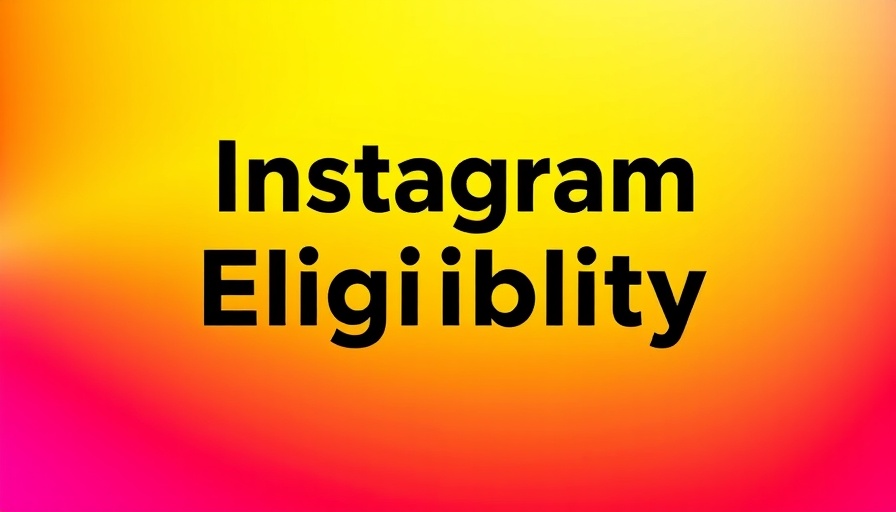
Facebook's Embrace of Reels: A Game Changer for Content Creators
In a bold move, Facebook has recently announced that all uploaded videos will now be categorized under Reels. This shift is expected to significantly redefine how users engage with the platform and how creators share their content. Rather than having to decide between creating a video or a Reel, users can now upload any type of video, from shorts to longer clips, and have it categorized as a Reel automatically. This integration promises to streamline the user experience and provide a broader platform for creativity.
The Motivation Behind This Shift
The decision to unify video formats under the Reels umbrella aligns with the rising popularity of short video content across social media platforms. According to Meta, the rise in Reels usage has become a key driver for user engagement and time spent on the platform. A chart shared during their recent FTC antitrust trial illustrated this transition, revealing that Reels have drastically changed the landscape of video content on Facebook. By eliminating the choice between video types, Facebook aims to consolidate user engagement and encourage creators to utilize more of their video post features.
A Closer Look at Metrics and Monetization
Meta has also updated how video analytics are presented. Now, video metrics will be merged into Reels analytics. This means that creators can expect seamless insights—and continue to track essential metrics like view counts—under our new collective video category. For small business owners and creators who analyze performance carefully, this change simplifies the metrics landscape. Additionally, Meta is ensuring consistency in monetization, pledging that payouts for Reels will remain stable provided there’s consistent content and audience engagement.
The Potential Impact on User Engagement
As Reels become a central hub for all video content on Facebook, this change could potentially enhance user retention and spur interaction. The simplicity of having a single area for video content fosters easier access for users, encouraging them to explore a variety of content formats. This could also lead to an increase in overall video views, as casual browsers might be more inclined to engage with whatever they encounter in their feed without having to make decisions about the content type.
Future Predictions: Where Will Facebook Go from Here?
The commitment to consolidate all video formats into Reels may signify an increasingly video-centric evolution in Facebook's offering. It opens up possibilities for richer interactions and more creative collaborations as users adapt to sharing content in this unified format. As Meta continues to refine and enhance the Reels experience, we may also see advancements in editing tools, as Facebook seeks to maintain its edge against competitors like TikTok and Instagram. The full realization of a video-first environment could redefine social media marketing as we know it.
Common Misconceptions About Reels on Facebook
Despite the intuitive nature of the newly implemented changes, there exists a degree of confusion among users regarding what Reels entails. One prevalent misconception is that all video content must now be short-form. However, with the recent announcement, users are encouraged to share videos of varying lengths, expanding their creative potential. Educating users on the flexibility of Reels may prove essential in ensuring its successful integration into their content strategies.
Concluding Thoughts: Simplifying Video Content Creation
This new structure presents an exciting opportunity for content creators aiming to maximize their engagement on Facebook. By eliminating the previously rigid distinctions between video types, creators can focus on crafting compelling content without worrying about overly technical formatting choices. With these shifts solidly in place, the next step for Facebook users is to embrace the Reels format fully and explore how this can enhance their social media strategies.
 Add Row
Add Row  Add
Add 




Write A Comment